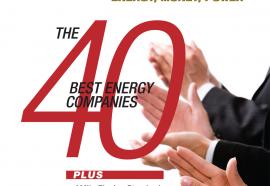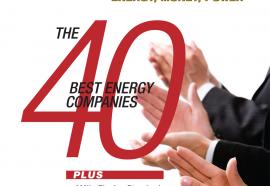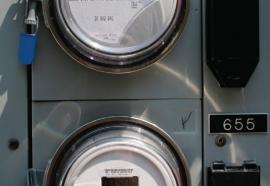Avalanche Economics
Alaskan crisis demonstrates pocketbook power.
A series of avalanches thundered down the sides of coastal mountains near Juneau, Alaska, early in the morning on April 16. No people were hurt—not directly. But the avalanches took out several transmission towers that carried electricity from the Snettisham hydroelectric dam, cutting Juneau off from its primary source of power. The resulting crisis turned into an instructive experiment for Alaska Electric Light & Power Co.—Juneau’s privately held utility—as well as the industry in general.










